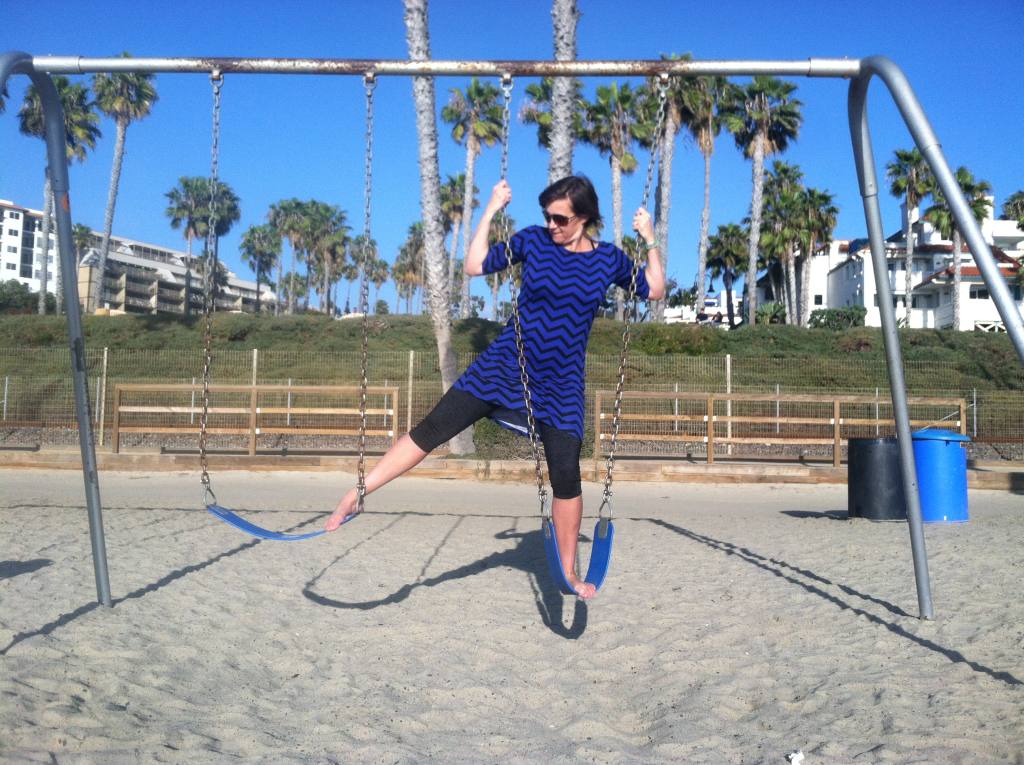How Physical Play Supports Learning

Physical play is often seen as a way for children to burn off energy and have fun, but its benefits extend far beyond simple recreation. Engaging in physical activities is crucial for the overall development of children, particularly in supporting their cognitive and emotional growth. When integrated into educational settings, physical play can significantly enhance learning, fostering skills that are essential for academic success.
Enhancing Cognitive Function
Engaging in physical play has been shown to improve cognitive function in children. Activities that involve coordination, balance, and spatial awareness stimulate brain development and enhance neural connections. For instance, when children participate in games that require them to navigate obstacles or follow complex instructions, they are exercising their brains as much as their bodies. This physical engagement supports memory retention, problem-solving abilities, and critical thinking skills, all of which are fundamental to effective learning.
Research suggests that children who regularly engage in physical play tend to perform better in academic settings. They exhibit improved attention spans, better focus, and greater information retention. These cognitive benefits are particularly evident in subjects that require concentration and mental agility, such as mathematics and science. By incorporating physical activities into the daily routine, educators can create a more dynamic learning environment that promotes both mental and physical well-being.
Developing Social Skills
Physical play is also instrumental in developing social skills among children. Activities such as team sports, group games, and cooperative tasks teach children important social lessons, including teamwork, communication, and empathy. When children play together, they learn to negotiate rules, resolve conflicts, and collaborate to achieve common goals. These interactions are critical for building strong interpersonal skills that will serve them well throughout their lives.
In a classroom setting, physical play can be a powerful tool for fostering a sense of community and belonging. It encourages children to interact with their peers in a positive and supportive manner, helping to create an inclusive environment where everyone feels valued. Moreover, these social interactions contribute to the development of emotional intelligence, enabling children to better understand and manage their own emotions as well as those of others.

Supporting Emotional Well-Being
The emotional benefits of physical play are profound. Engaging in physical activities helps children manage stress, reduce anxiety, and improve their overall mood. The endorphins released during exercise act as natural mood lifters, promoting feelings of happiness and relaxation. This emotional well-being is essential for creating a positive learning environment where children feel safe, supported, and ready to engage.
Physical play also provides children with a healthy outlet for expressing their emotions. Whether through vigorous activities like running or more structured sports, children can channel their energy and emotions in constructive ways. This not only helps them cope with the challenges of growing up but also enhances their ability to focus and learn effectively. By integrating physical play into the school day, educators can support the emotional health of their students, paving the way for better academic outcomes.
Boosting Creativity and Imagination
Another significant benefit of physical play is its ability to boost creativity and imagination. When children are given the freedom to explore, experiment, and play, they often come up with innovative ideas and solutions. Whether through imaginative play scenarios, building structures, or inventing new games, physical play encourages creative thinking and problem-solving. These skills are not only valuable in academic settings but are also essential for success in the ever-changing world.
Incorporating physical play into the curriculum can inspire children to think outside the box and approach learning with curiosity and enthusiasm. Activities that encourage creativity, such as dance, drama, or free play, allow children to express themselves in unique ways and develop a love for learning. This creative engagement is crucial for fostering a lifelong passion for discovery and innovation.
Conclusion
Physical play is far more than just an outlet for excess energy; it is a vital component of a child’s development that supports cognitive, social, emotional, and creative growth. By recognizing and harnessing the power of physical play, educators can create a more holistic learning environment that nurtures the whole child. As schools and parents continue to explore ways to enhance educational outcomes, integrating physical play into the daily routine should be a priority. For those looking to learn more about the importance of physical play and how to implement it in educational settings, many resources are available on educational websites dedicated to child development and learning strategies.
